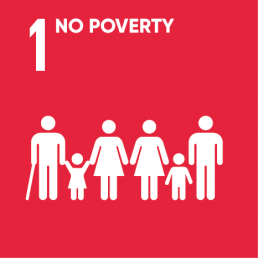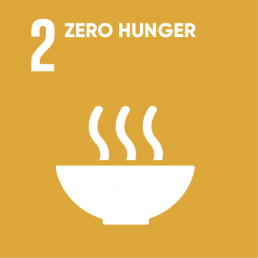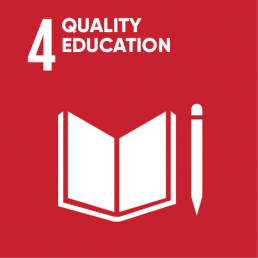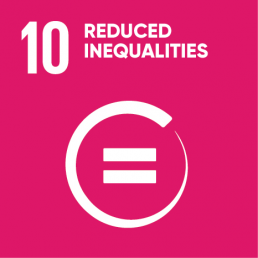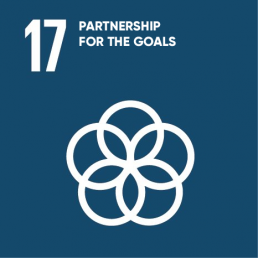THE NEED
With just a little less than half of the world’s population concentrated in rural communities, there is a justifiable need for sustainable development in rural areas. The factors of under development, violence and crisis, dwindling economic opportunities, poverty, lack of access to healthcare, education and other urban infrastructural amenities in the rural areas are a few of the drivers that foster rural-urban migration and the mobility of labour. Rural-urban migration however, isn’t the solution as it results in rapid urbanization which ultimately leads to congestion and strain on the resources in the urban areas.
According to a 2018 report of the United Nations Population Division, 55% of the world’s population lives in urban areas and is projected to increase to 68% by 2050. Additional projections show that urbanization, the gradual shift in residence of the human population from rural to urban areas, combined with the overall growth of the world’s population could add another 2.5 billion people to urban areas by 2050, with close to 90% of this increase taking place in Asia and Africa. Together, India, China and Nigeria will account for 35% of the projected growth of the world’s urban population between 2018 and 2050. By 2050, it is projected that India will have added 416 million urban dwellers, China- 255 million and Nigeria- 189 million. This statistical picture is a pointer to the pertinent need for sustainable rural development.
Cities are noted for being centres of economic, social and political activity and a considerable level of infrastructural development such as good road networks, water supply, sewage systems, healthcare facilities, educational institutions, modern housing and lucrative job opportunities. This is however not an exclusive narrative but one that is transferable in fashioning the character and structure of rural areas. If creative solutions for sustainable development in rural areas abound, there will be less internal migration and development spread across more advanced societies, urban and rural alike. For example, the provision of good road network in the rural areas will facilitate trade relations between the rural and urban cities for agricultural products and raw materials for industrial production.
Amongst others, the global 2030 Agenda for Sustainable Development is comprised of two specific goals- SDG #9 & #11 that make a strong case for the need to concertedly address the concerns for safe, inclusive, resilient, sustainable communities as well as innovative, sustainable industrialization. It’s in line with these goals that the #CIILSD project is leading the drive for individuals, governments and organisations to take action in delivering infrastructural facilities that will foster sustainable development and economic productivity for rural communities and in turn reduce internal migration.
The overarching idea of the #CIILSD call for action is to highlight the infrastructural challenges of rural communities, reduce inequalities and improve access to economic, social and political resources. This ultimately improves the outcomes of sustainable livelihoods for rural dwellers and the development of the rural ecosystem.
ABOUT THE PROJECT
The CIILSD project is targeted at delivering and executing infrastructural projects that will tackle key issues facing impoverished communities, with the ultimate goal of reducing poverty, driving sustainable development and improving the livelihoods of rural and semi-urban dwellers, leading to the following developmental outcomes ;
- Improved power supply and sustainable power generation.
- Increased access to Clean Water.
- Increased access to quality education.
- Increased access to quality healthcare.
- Betters Roads, bridges and drainages.
- Increased productivity.
- Peace and security.
- Safe spaces for children and adults.


THE ACTIONPLAN
Our plan is to conduct need analysis across different communities to provide a clear and relatable picture of the key infrastructural needs of target communities. We will then proceed to secure funding and work with members of our communities, host communities and relevant stakeholders to build infrastructures that will improve the livelihood of members of the community & drive sustainable development.
OUR 5 YEAR GOAL

INFRASTRUCTURE
Work with our partners to deploy over 50 community infrastructure projects.

IMPACT
Ensure that over 500,000 people are beneficiaries of the impact of these projects with 70% recording an improvement in their livelihood.
